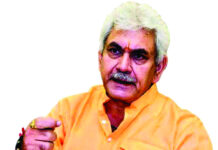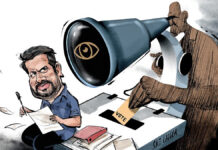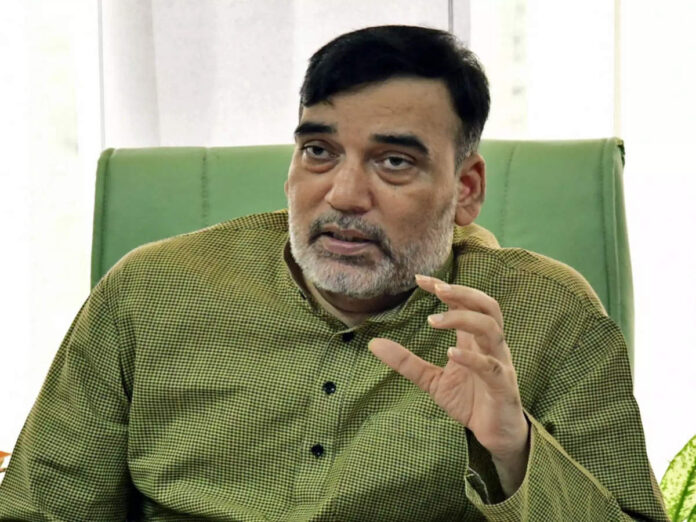Notably, on June 19, the Minister had directed the submission of IIT Bombay’s final report on the working of Smog Tower at Baba Kharak Singh Marg, New Delhi, to the Supreme Court.
NEW DELHI, Aug 22
Delhi Environment Minister Gopal Rai on Thursday directed the Principal Secretary (Environment and Forest) to submit IIT Bombay’s final report on the working of smog towers to the Supreme Court without further delay. Notably, on June 19, the Minister had directed the submission of IIT Bombay’s final report on the working of Smog Tower at Baba Kharak Singh Marg, New Delhi, to the Supreme Court.
Expressing his displeasure over the delay in submission of the said report, Rai mentions that the said report has not been submitted before the Supreme Court for consideration till date.
The Delhi Minister in his communication the official has mentioned that considering the winter season is approaching, the said report must be submitted to the top court without any further delay. The submission of the report to the apex court is important as it will help decide on further continuing of its operations, the communication mentioned.
The project of the smog tower was conceived as a scientific Research and Development project, as one of several solutions aimed at addressing the city’s seasonal air pollution problem.
Meanwhile, the Delhi government has lately stepped up preparations ahead of the onset of the winter season, to tackle the spike witnessed in the air pollution. It was on Tuesday, the Delhi Environment Minister had written to the Union Environment Minister Bhupendra Yadav, requesting for a meeting to discuss the issue of cross border sources of pollution and develop a unified strategy in cooperation with the neighboring states.
Rai had urged the central government to take stronger action by facilitating collaboration between Delhi and its neighboring states to address cross-border sources of pollution, and had mentioned in his letter that despite the Kejriwal government’s efforts and some air quality improvement, the air remains hazardous due to factors beyond the state’s control, including crop residue burning, thermal plants, brick kilns, diesel generators, non-electric vehicles, and industrial emissions from neighboring states.



























